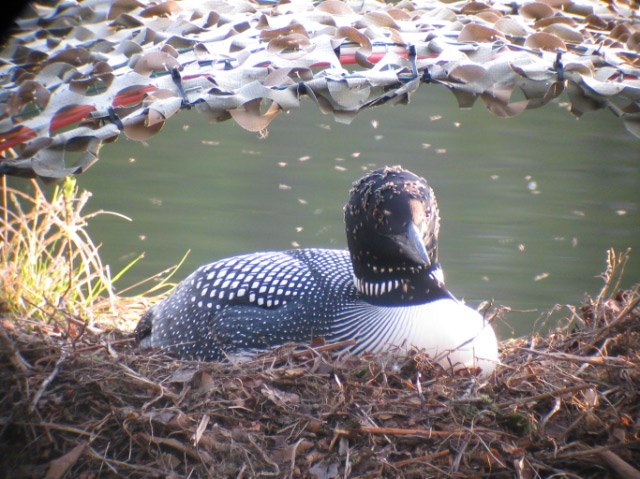There were enough nice days this week to move the plants along nicely, but there was also plenty more rain. The cool temperatures and abundance of water is benefiting not only the duration of the flower's blossoms, but also the production of the fruit producing trees - the blueberries, apples and cherries are looking like they'll have banner years.
 |
| Black Cherries are looking - and smelling - wonderful |
These plants will, with a decent summer, produce a large crop of fruit to nourish many animals through the fall and winter, both the direct consumers, and those farther up the food chain. It should bode well for the foxes, bobcats, owls, hawks - the entire forest community.
All of the plants are taking advantage of the good spring growing season; conifers, which will form their seeds later in the year, are now pushing out their "candles", one of which will grow upward to continue the trunk and the others will fold down to become this years branches.
Each year a white pine will grow its trunk upwards anywhere from a couple of inches to a couple of feet depending on the available sunlight and nutrients. Did you know you can accurately determine the age of a young white pine by counting the number of branch whorls on the trunk? Each whorl represents one year of growth.
 |
| A four year old white pine, starting its fifth year's growth |
 |
| A 12 year old pine (the bottom-most whorl is hard to see) |
This technique works until the lower branches die and fall off, usually in the 20 to 30 year time frame and can often be used to determine the last time a particular forest was timbered. You can also determine the time-span since an unusual growth year to guess what might have happened, for example, low growth in a very dry summer, or a growth spurt if surrounding trees were removed.
Back to flowers, the Lakes Region is in that narrow window where both late Trillium and early Lady Slippers are blooming.
 |
| Pink Lady's Slipper in the Hamlin Conservation Area |
 |
| Painter Trillium along the shore of Lake Wicwas |
This week I found a trillium that was just starting to push out its blossom, something I had never seen before. I had always assumed they grew a stalk above the leaves with a bud that then bloomed, but this indicates that the blossom actually forms right within those three leaves that give this plant its name.
 |
| A trillium blossom emerging from within its trio of leaves |
Hopefully you were able to find some this weekend - if not, there's one more day!
The rain and cool temperatures have also been supportive of bumper black fly and mosquito crops - not quite as welcome as the flowers. At least we can hide indoors or use bug spray to protect ourselves. Pity the poor animals that don't have these relief methods. The loons in particular suffer, as they must sit on their nest incubating eggs for hours at a time, stationary, at the mercy of these blood sucking tormentors.
As far as we can tell, the loons on Wicwas haven't nested yet, but they seem to have quieted down a bit - maybe they have settled their territorial disputes and will nest soon. Other loons in the state have nested but here on Wicwas, with all the rain, their preferred nesting sites are still under water so they may be waiting for the lake to drop. Or maybe they're just smart enough to wait until peak bug season has passed!
The Canada Geese, having arrived when the ice was still on the lake, are much farther along; their nests were completed weeks ago and now they are out sailing the lake with their new little fluff balls.
 |
| This picture is from last year - I've only seen a two-chick family so far this year |
Remember the hobblebush flower I posted on
May 14th?
Well, I had forgotten that it hadn't completed its blossom until I saw them again last week. Each of those little balls in the center of the flower have now turned into its own tiny flower.
 |
| Hobblebush in full bloom, basked in the glow of the sunrise |
More pretty flowers which, with the sun's love, will eventually turn into food for all the neighborhood creatures to consume.
On this Memorial Day, let's remember all who gave their lives so we can enjoy the life we so often take for granted.
 |
| A veteran's grave at Oakland Cemetery |













No comments:
Post a Comment